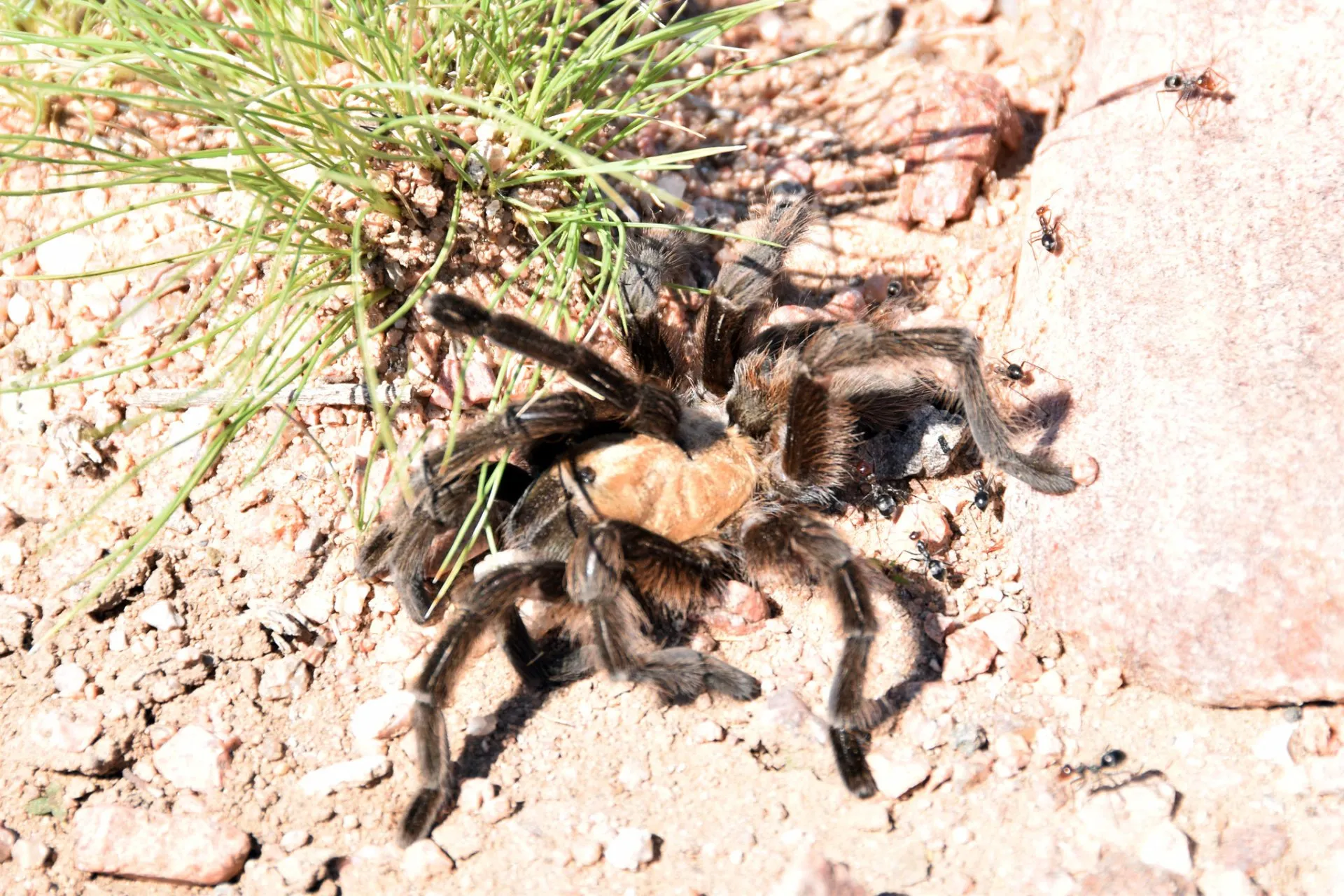Understanding Tarantula Migration
Tarantula migration is a fascinating spectacle of nature, a seasonal movement undertaken by these large, hairy spiders. This isn’t a random wandering; it’s a strategic journey driven by a complex interplay of environmental and biological factors. The migrations typically involve large numbers of tarantulas moving from one area to another, often in search of mates, new habitats, or more favorable conditions. This phenomenon provides a valuable insight into the lives of these often-misunderstood creatures and the ecosystems they inhabit. Understanding the ‘how’ and ‘why’ of these migrations is crucial for appreciating the ecological roles tarantulas play and for implementing effective conservation strategies.
What Triggers Tarantula Migration?
Several factors conspire to initiate tarantula migrations, which are often predictable, allowing researchers and enthusiasts to observe the movements with some degree of accuracy. These triggers can be broadly categorized into environmental and biological factors, each playing a critical role in the timing and duration of the migrations.
Environmental Factors
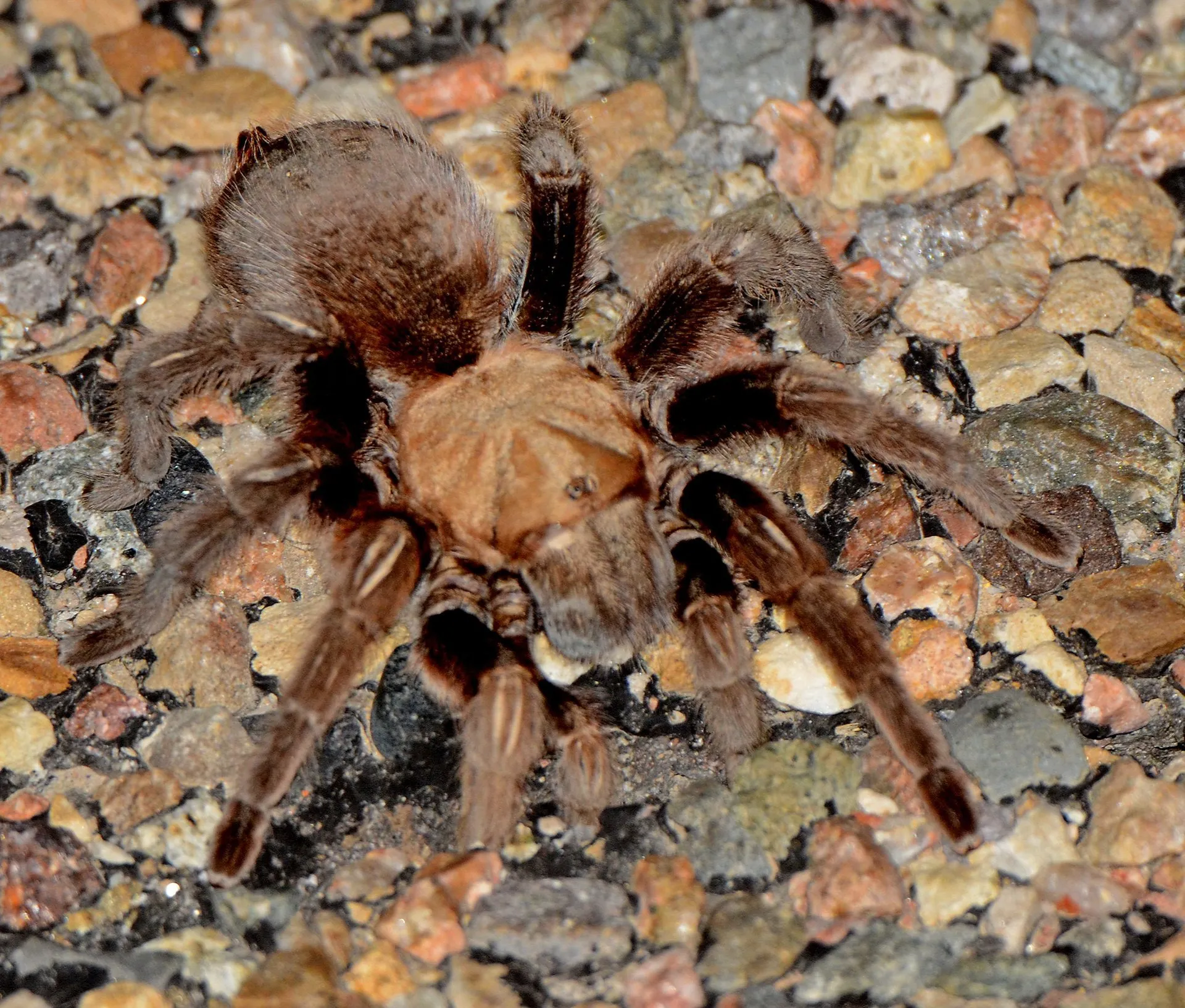
Environmental cues are essential in triggering tarantula migrations. Temperature changes are often a primary factor, with warmer temperatures signaling the approach of the breeding season, prompting males to seek out females. Rainfall can also play a crucial role, as it affects the humidity and soil conditions, which are critical for tarantulas’ survival and movement. The availability of food sources, such as insects, can also influence migration patterns, as tarantulas may move to areas where prey is more abundant. Changes in day length and the overall climate of the region also play a significant role.
Biological Factors
Internal biological clocks and reproductive cycles drive many of the migrations. The primary motivation for many migrations is reproduction. Adult males, often reaching maturity, embark on long journeys to find receptive females. The males are driven by hormones and their instincts, compelling them to leave their burrows and search for mates. The female tarantulas also play their part, often remaining near their burrows or moving short distances to attract mates. The timing of these biological events is finely tuned to the environmental conditions to maximize reproductive success.
The Migration Process
The migration process itself is a remarkable display of endurance and navigation. Tarantulas, though relatively slow-moving creatures, cover considerable distances during their migrations, traversing various terrains and facing numerous challenges along the way. This complex journey highlights the spider’s resilience and its adaptation to the environment.
The Start of the Journey
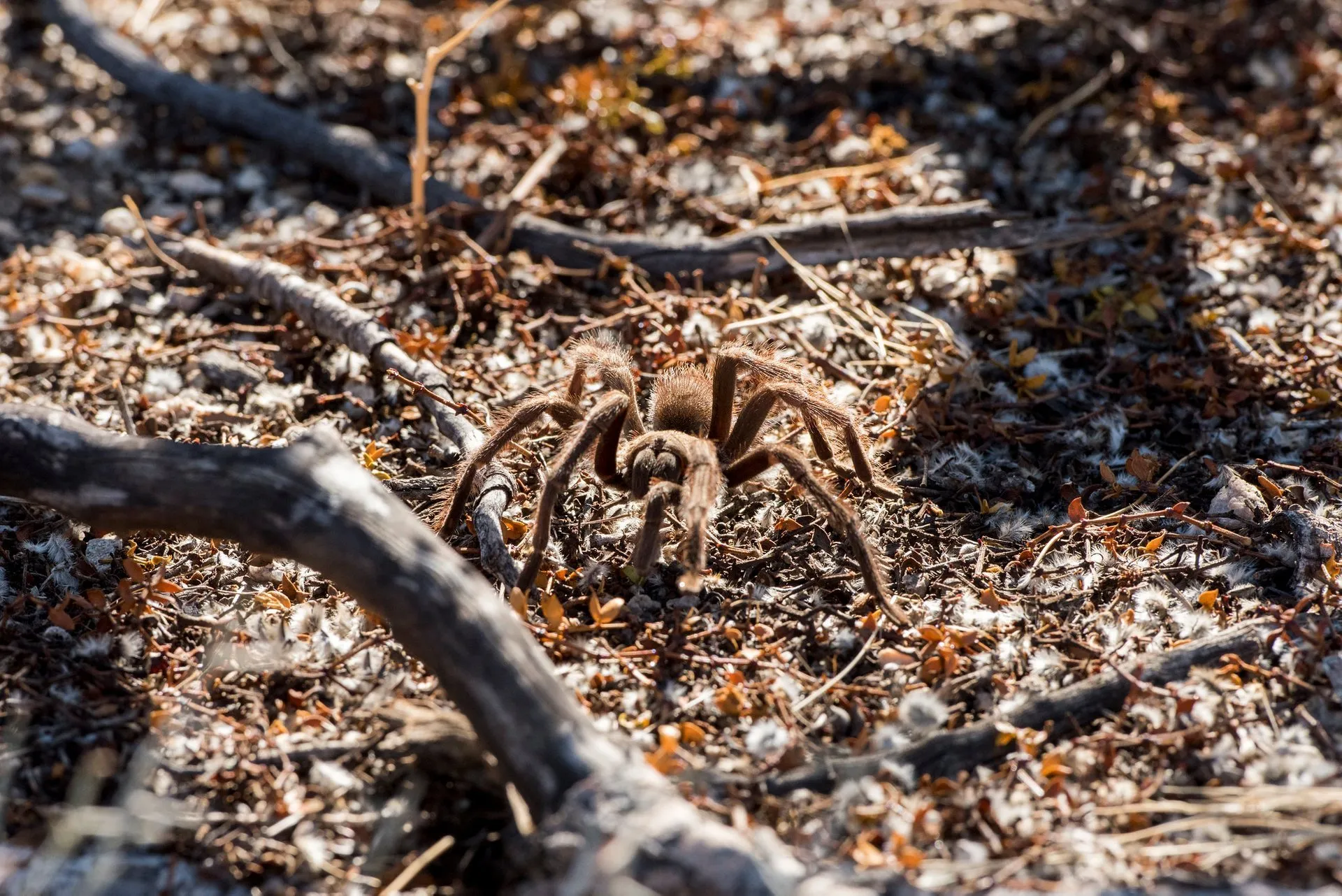
The migration typically begins with the males leaving their burrows, often at dusk or night, to avoid the heat of the day and the predators that roam during the day. Their primary objective is to locate receptive females, and their journey is often guided by pheromones released by the females. The males will often set out with a singular focus: to find a mate. The females, who often remain in or near their burrows, may signal their readiness to mate with pheromones or by tapping on the ground.
Navigating the Terrain
Tarantulas navigate a variety of terrains, from open grasslands and deserts to forests and rocky areas. They use a combination of sensory cues, including vision, scent, and vibrations, to find their way. They may follow established trails or pathways, or they may simply move in a general direction, relying on their instincts to guide them. During the migrations, they are vulnerable to predators such as birds, reptiles, and other mammals. The spiders also have to deal with many environmental hazards, such as extreme heat, lack of water, and difficult terrain.
Finding a New Home
Once a male finds a female, the mating ritual begins, which can be a delicate and often dangerous process. After mating, the males typically die, while the females may remain in their burrows to lay eggs and raise their young. Some tarantulas may establish new burrows or territories after the mating season, especially if conditions in their previous habitats are unfavorable. Their selection of new homes depends on a range of factors, including food availability, shelter, and suitable climatic conditions.
Migration Habitats
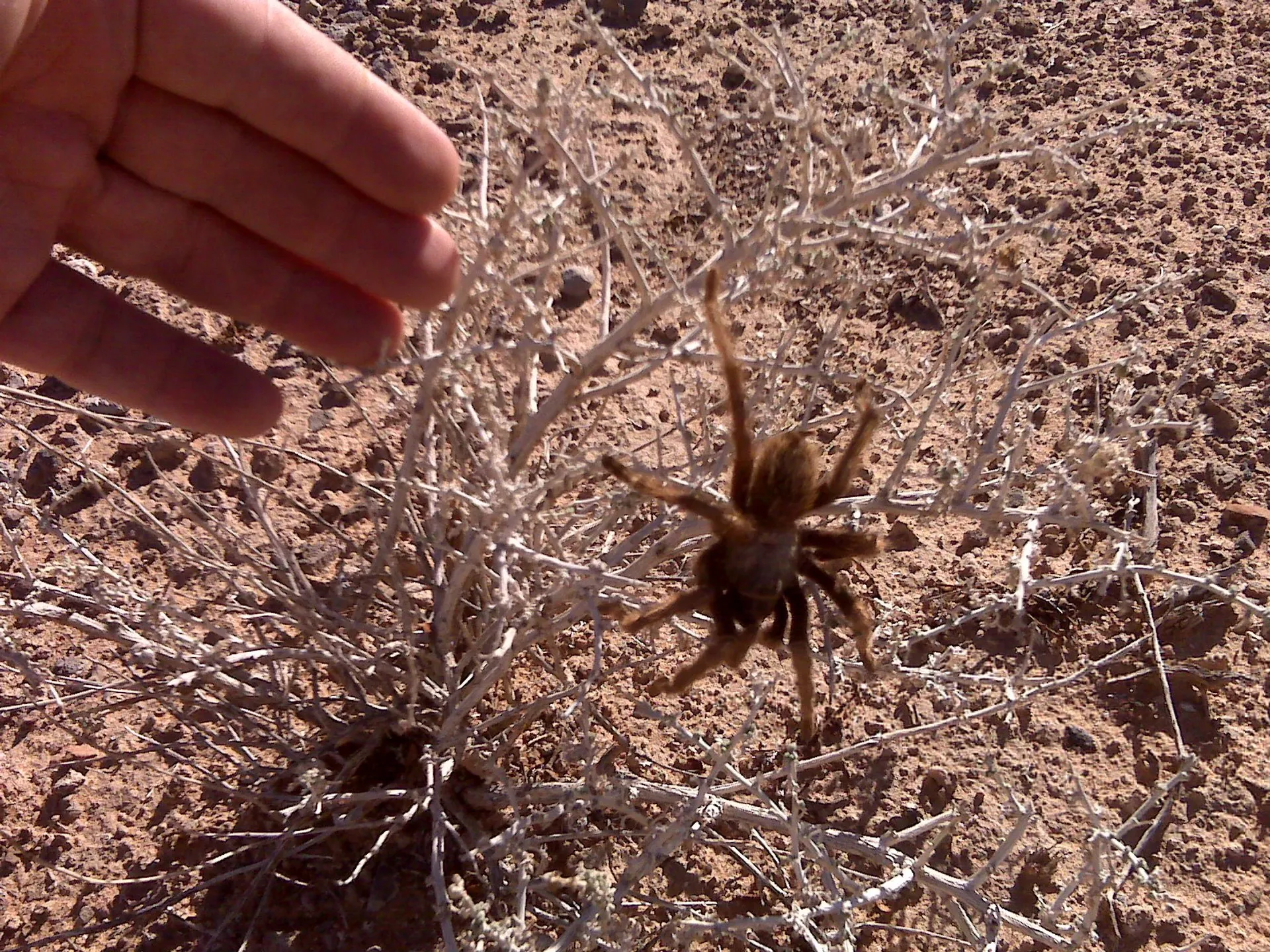
Tarantula migrations occur in various habitats around the world. The specific locations and characteristics of these habitats influence the timing, duration, and behavior of the migrations.
Deserts and Arid Regions
In deserts and arid regions, tarantula migrations are often triggered by seasonal rainfall and temperature changes. These migrations may be shorter in duration due to the harsh environmental conditions. The spiders must deal with high temperatures, scarce water, and limited food availability. They often seek shelter during the day and become active at night. Desert migrations are a crucial part of the ecosystem of such terrains.
Grasslands and Prairies
Grasslands and prairies provide more moderate conditions than deserts, supporting larger populations of tarantulas. Here, migrations may be linked to changes in the availability of food and the approach of the breeding season. The spiders can often move more easily and cover greater distances. The availability of vegetation and the presence of burrows provide habitats, and these habitats help ensure survival.
Forests and Woodlands
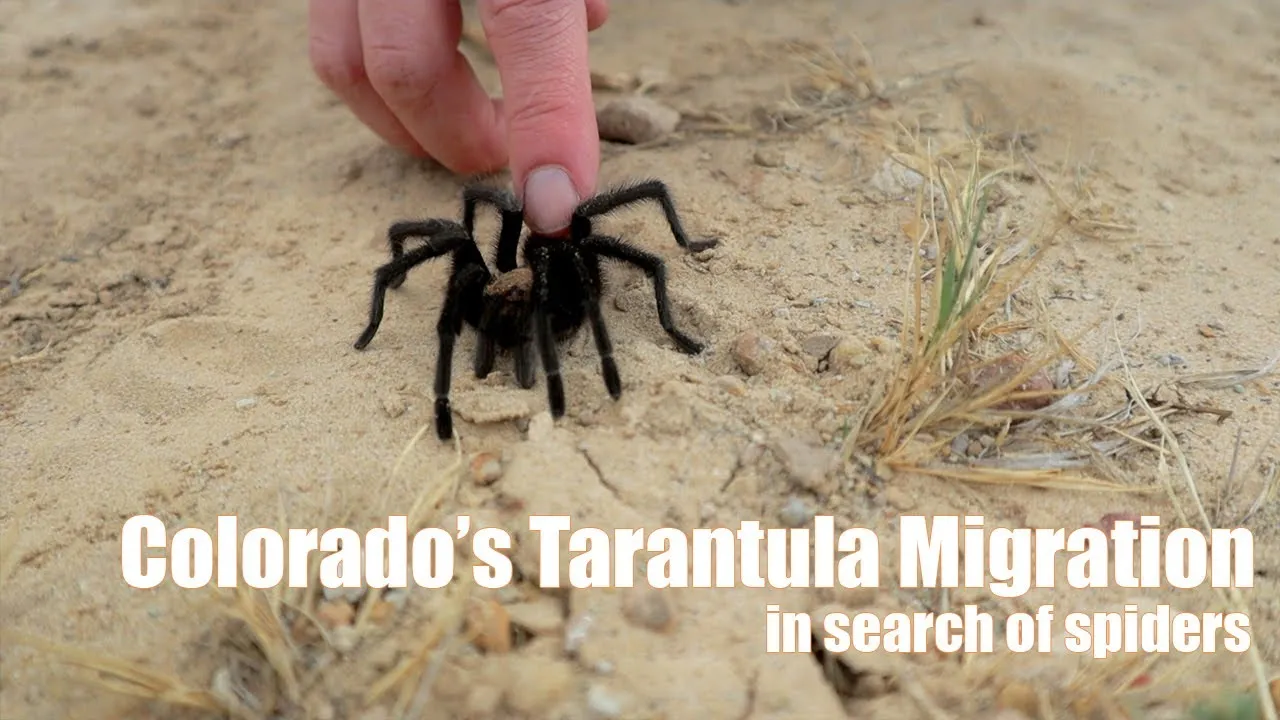
Forests and woodlands offer diverse habitats for tarantulas, with varying degrees of humidity, temperature, and food availability. Migrations in these areas may be triggered by changes in the forest floor conditions or the availability of prey. The spiders may face challenges such as predators and navigate through dense vegetation. These migration patterns play a role in seed dispersal and nutrient cycling.
Impact of Migration
Tarantula migrations have significant ecological roles, impacting the environment and the other species within it. They contribute to the health of the ecosystems. These migrations also face challenges due to environmental changes and human activity.
Ecological Roles
Tarantulas are important predators, controlling insect populations and serving as prey for larger animals. Their migrations can affect the distribution of their prey and the other animals that consume them. The spiders are also part of the food chain, and their movements can influence the distribution of nutrients in the soil. Their migrations also help in seed dispersal and nutrient recycling, which help maintain the balance of the ecosystem.
Challenges Faced During Migration

Tarantulas face several challenges during migration. These include predators, environmental hazards, and human activities. Predators such as birds, reptiles, and mammals prey on tarantulas. Harsh weather conditions, such as extreme heat, heavy rainfall, and drought, also pose a threat. Human activities, such as habitat destruction and pesticide use, further threaten tarantula populations.
Human Impact and Conservation
Human activities pose significant threats to tarantula habitats, and conservation efforts are crucial to protect these fascinating creatures. Understanding these threats is essential to develop strategies for preserving their future.
Threats to Tarantula Habitats
Habitat destruction, primarily due to deforestation, urbanization, and agriculture, is a major threat to tarantulas. The loss of their natural habitats reduces their living spaces and restricts their ability to migrate. Pesticide use also threatens tarantulas, as these chemicals can kill their prey and can also directly harm the spiders. Climate change is another threat, as changes in temperature and rainfall can disrupt their migration patterns. Unregulated collection for the pet trade also poses threats to the wild populations.
Conservation Efforts
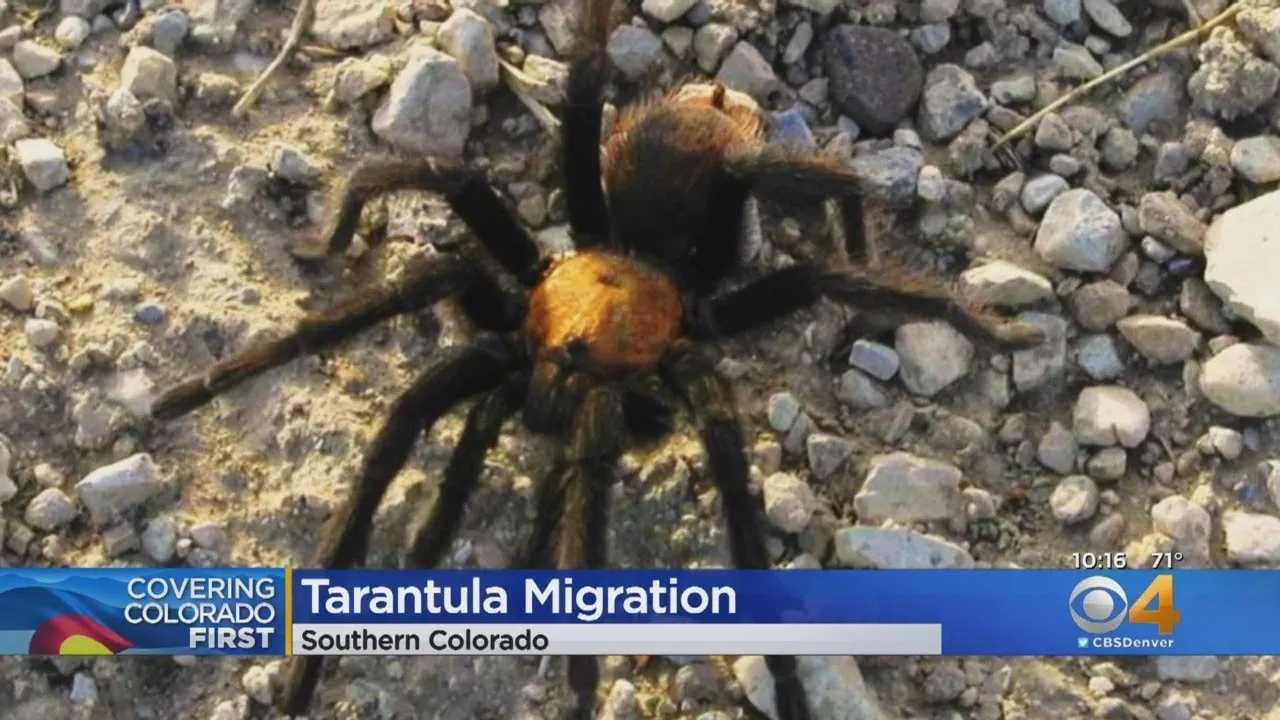
Conservation efforts are essential to protect tarantulas. Habitat preservation is one of the primary conservation strategies. This includes creating protected areas and promoting sustainable land management practices. Reducing pesticide use and promoting sustainable agriculture can also help protect their environment. Public education and awareness play a crucial role in conservation efforts. By educating people about the importance of these spiders and the threats they face, we can foster greater support for conservation efforts. Promoting responsible pet ownership can also help reduce the demand for wild-caught tarantulas.
